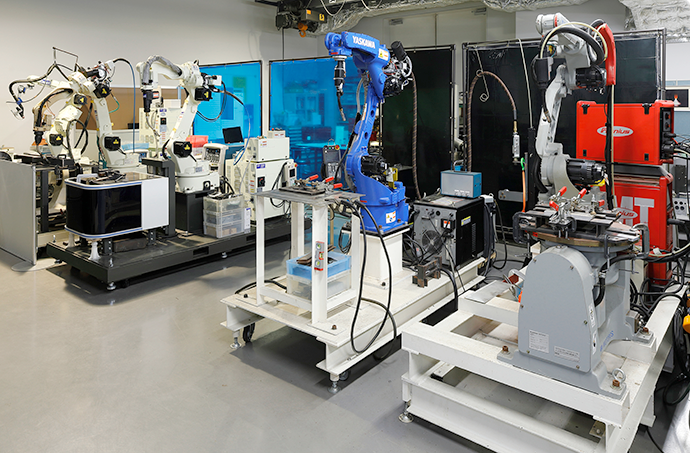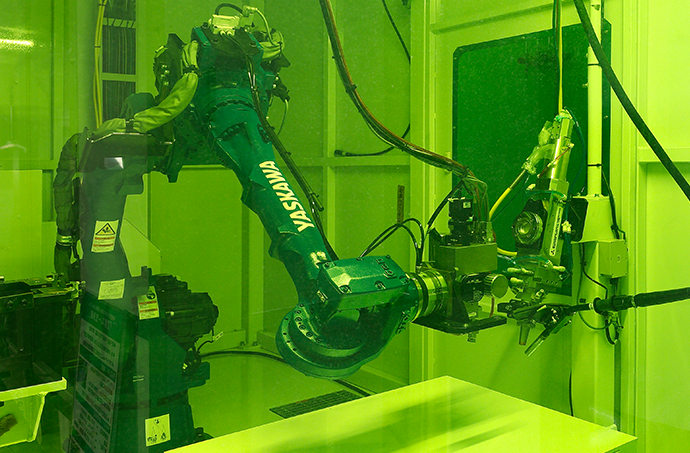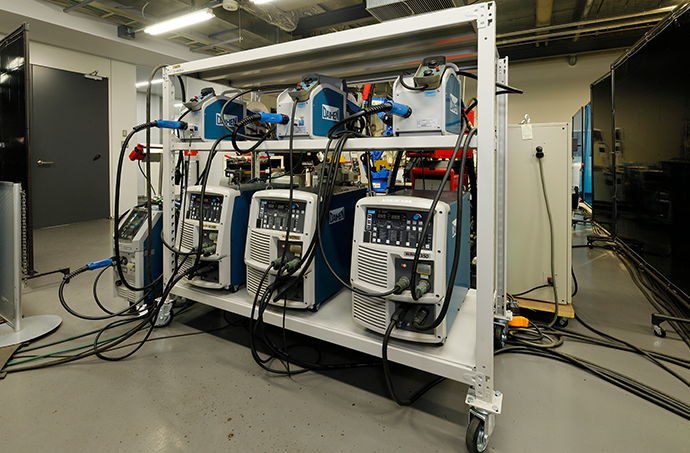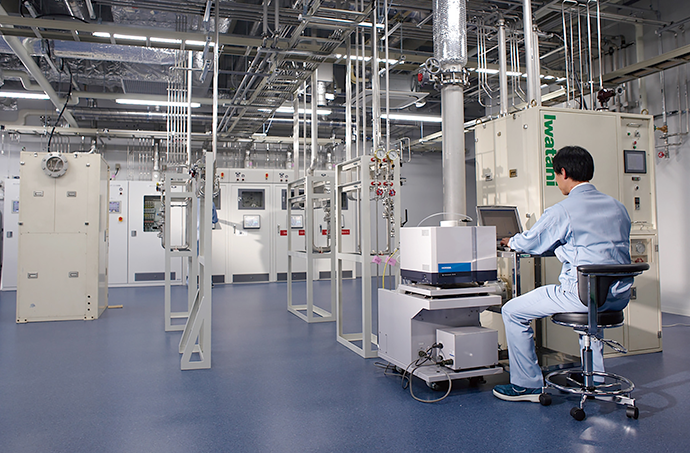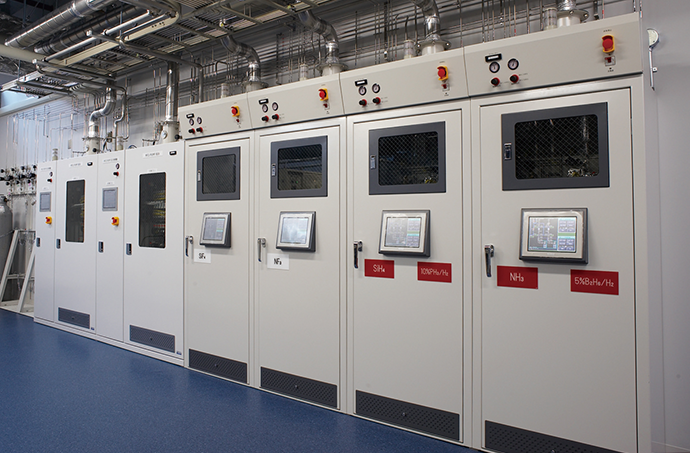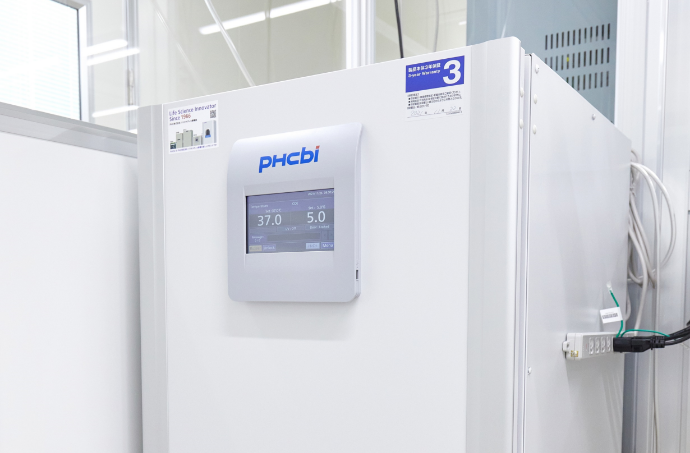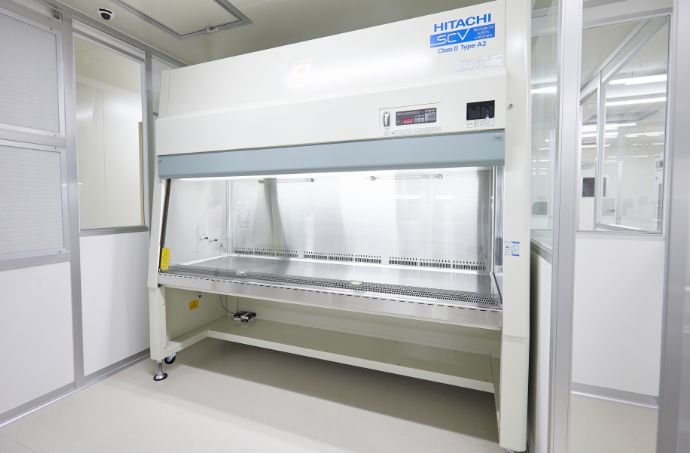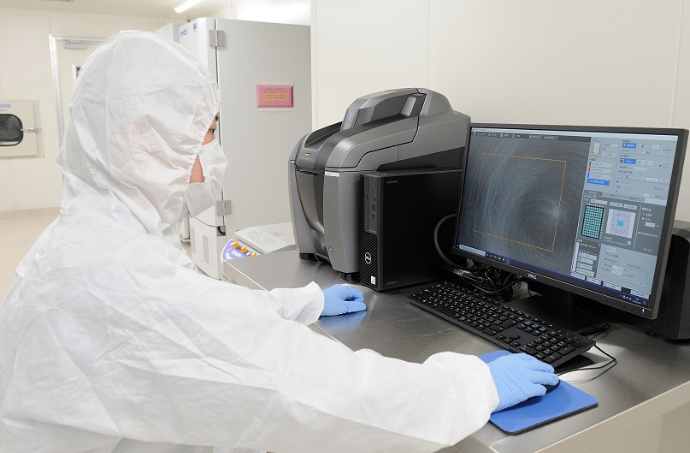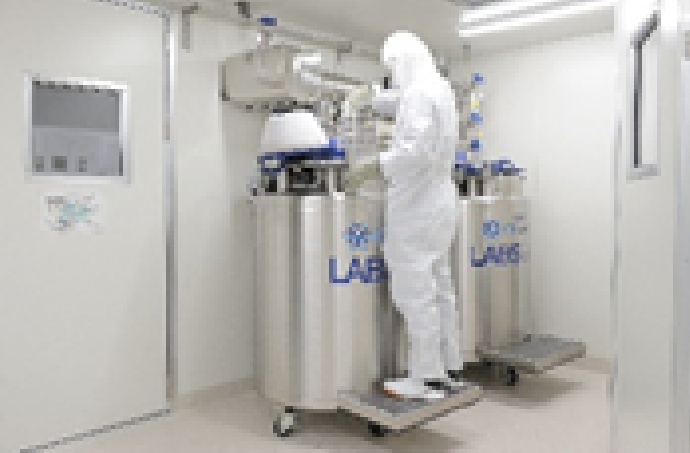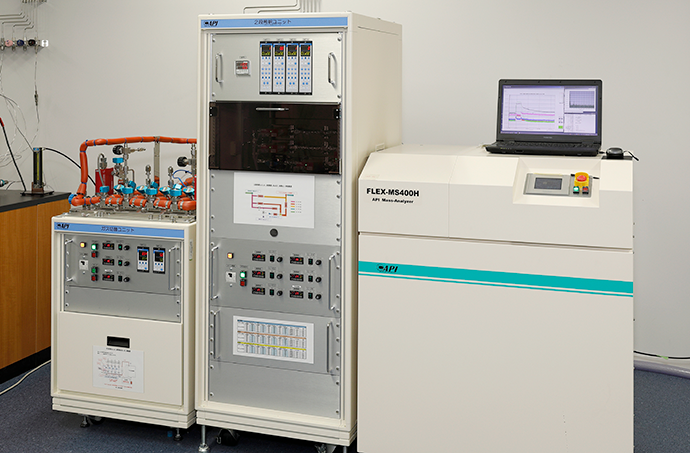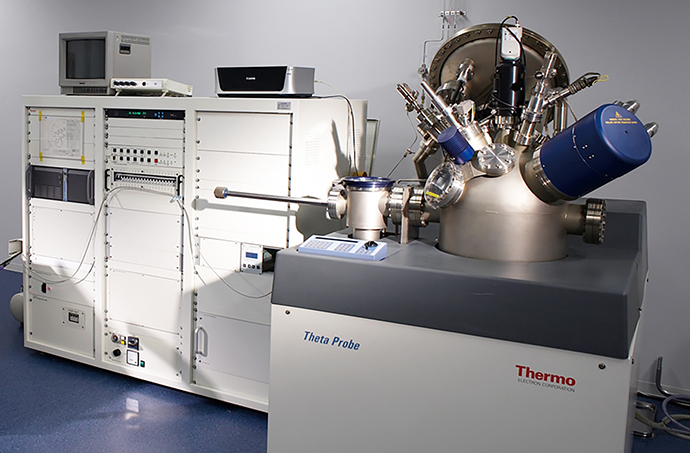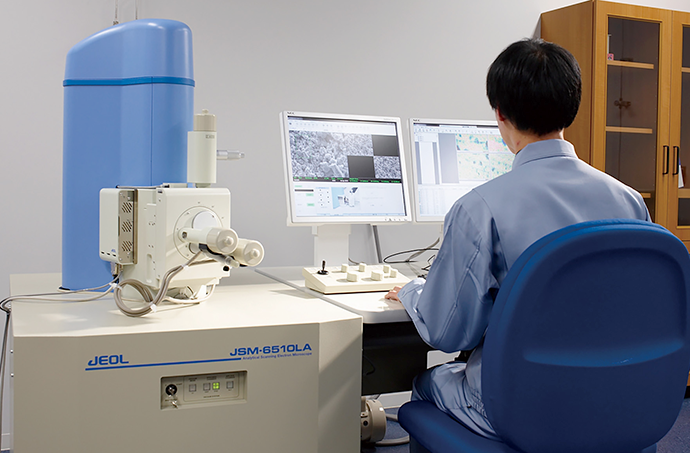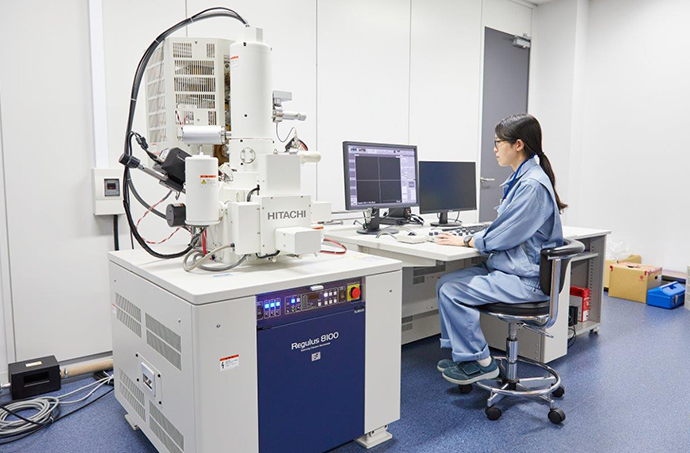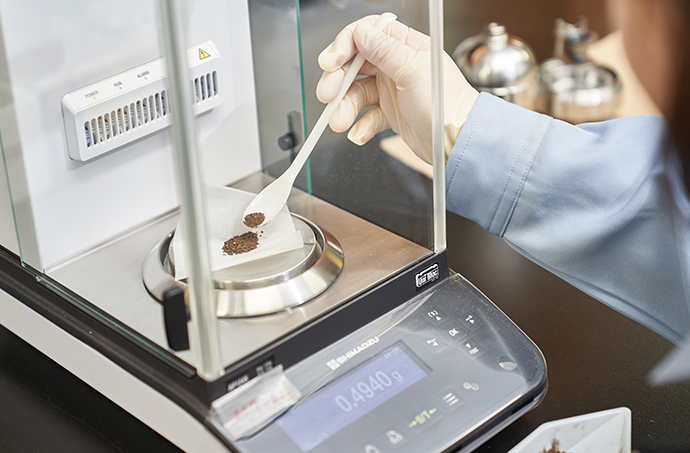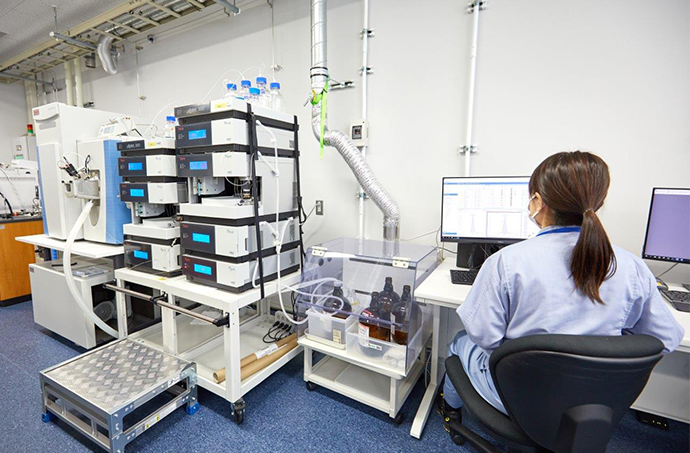Iwatani R&D Center
Facilities
In addition to a large laboratory that can be used for practical testing of equipment and facilities, we provide a welding technology demonstration room to satisfy diverse welding needs, a multifunctional cleanroom, and a development center for regenerative medicine and biotechnology research. The resulting environment is ideal for experiments across a wide range of research fields.
We also provide the world’s top-level high purity gas analyzers and facilities for analyzing the specialty material gases used in semiconductor manufacturing, as well as the most advanced high-precision analyzers for various research demands, including nanoscale material analysis, environmental analysis, pesticide residue/microbial analysis for food and sanitation.


